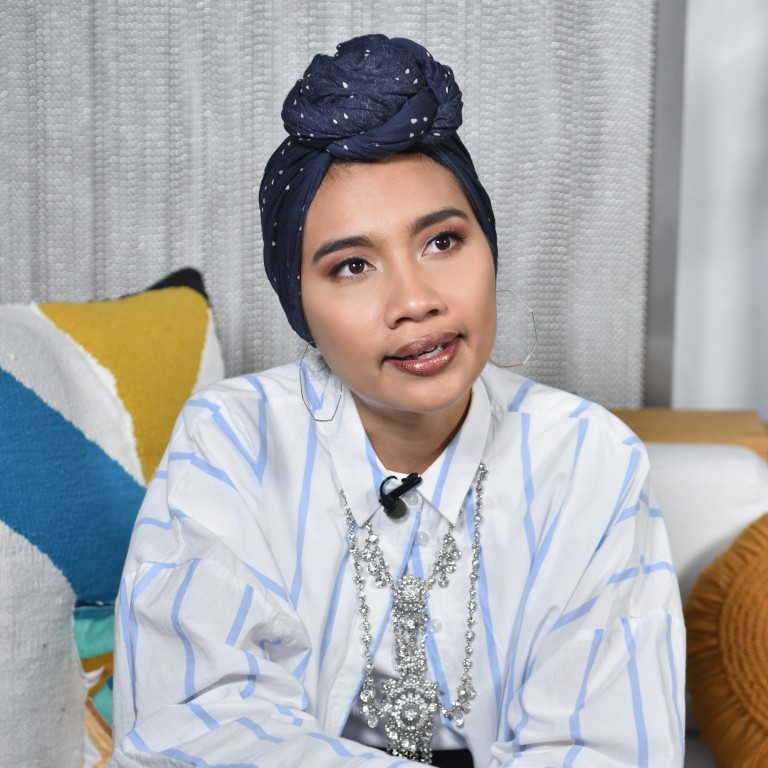
‘This is a sin’: why are Malaysia’s turban style hijabs so divisive?
- They’re fashionable, comfortable and meet religious guidelines when women properly pair them, but turbans still face much criticism in Muslim Malaysia
- Howls of protest and outrage are common on social media whenever a local Muslim celebrity is spotted wearing a hijab as a turban
It fit her faith’s requirements of modest dressing, revealing only her face, hands and feet. But in Malaysia’s hot and humid climate, it became a major physical discomfort, too.
“For the first two years, I really struggled with this style,” says Noor, 36, a homemaker and fashion enthusiast with a side business in origami totes.
She started experimenting with the turban style, wrapping only her hair. But another problem surfaced: she couldn’t find any weather-appropriate clothes that covered her neck. Frustrated, she started making her own clothes. Today, she has struck a happy balance between style and modesty in her uniquely structured outfits, and even gets requests on how to copy make them.
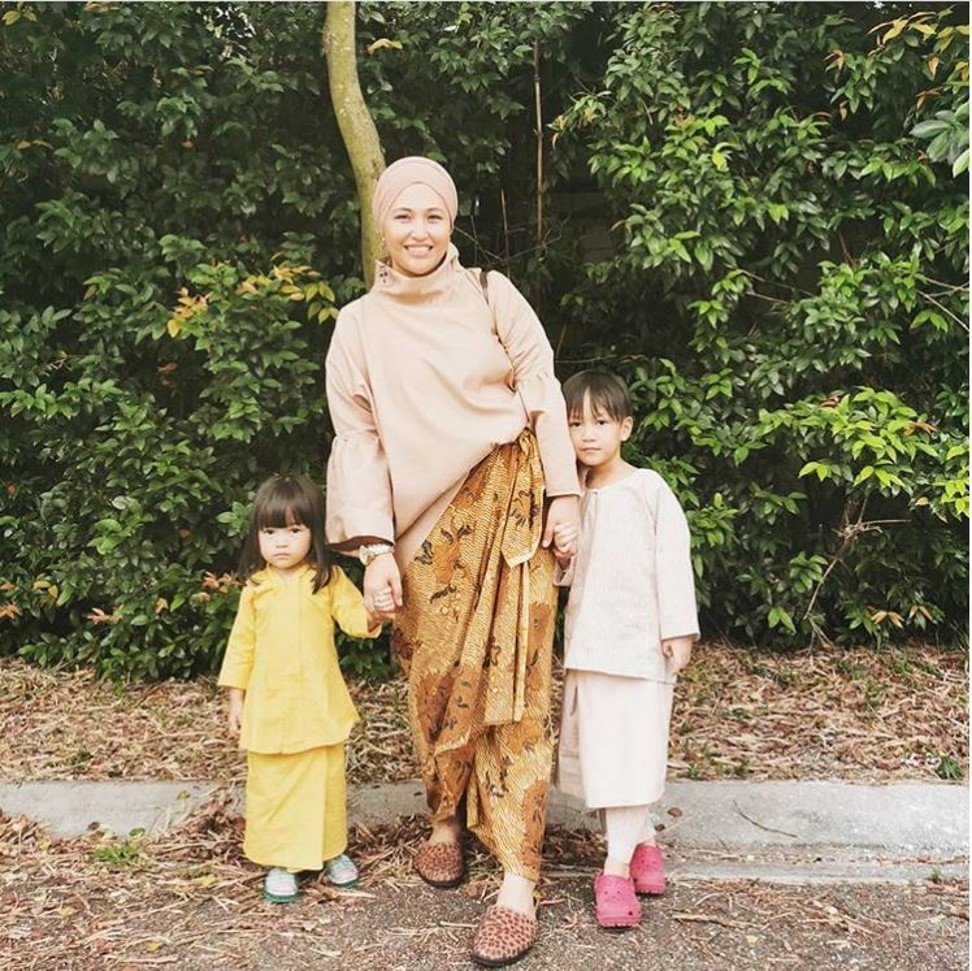
There’s still one problem, though.
“There’s a stigma that those wearing turbans aren’t serious about wearing the hijab,” she says. “Turban wearers just want to be stylish, they say, not religious. It took me a few years to wear this style in public because I was afraid of what people would say.”
A turban refers to any headwear where cloth is wound around the head. Of varied styles and cultures, the item has its origins in several parts of Asia and Africa. American celebrities Alicia Keys and Jada Pinkett Smith are often seen wearing them, while Malaysian stars including singer-songwriter Yuna and actress Neelofa have boosted the style’s popularity in the country.
The item has also caused outrage, however, as when luxury fashion house Gucci made a US$790 version of a Sikh turban.
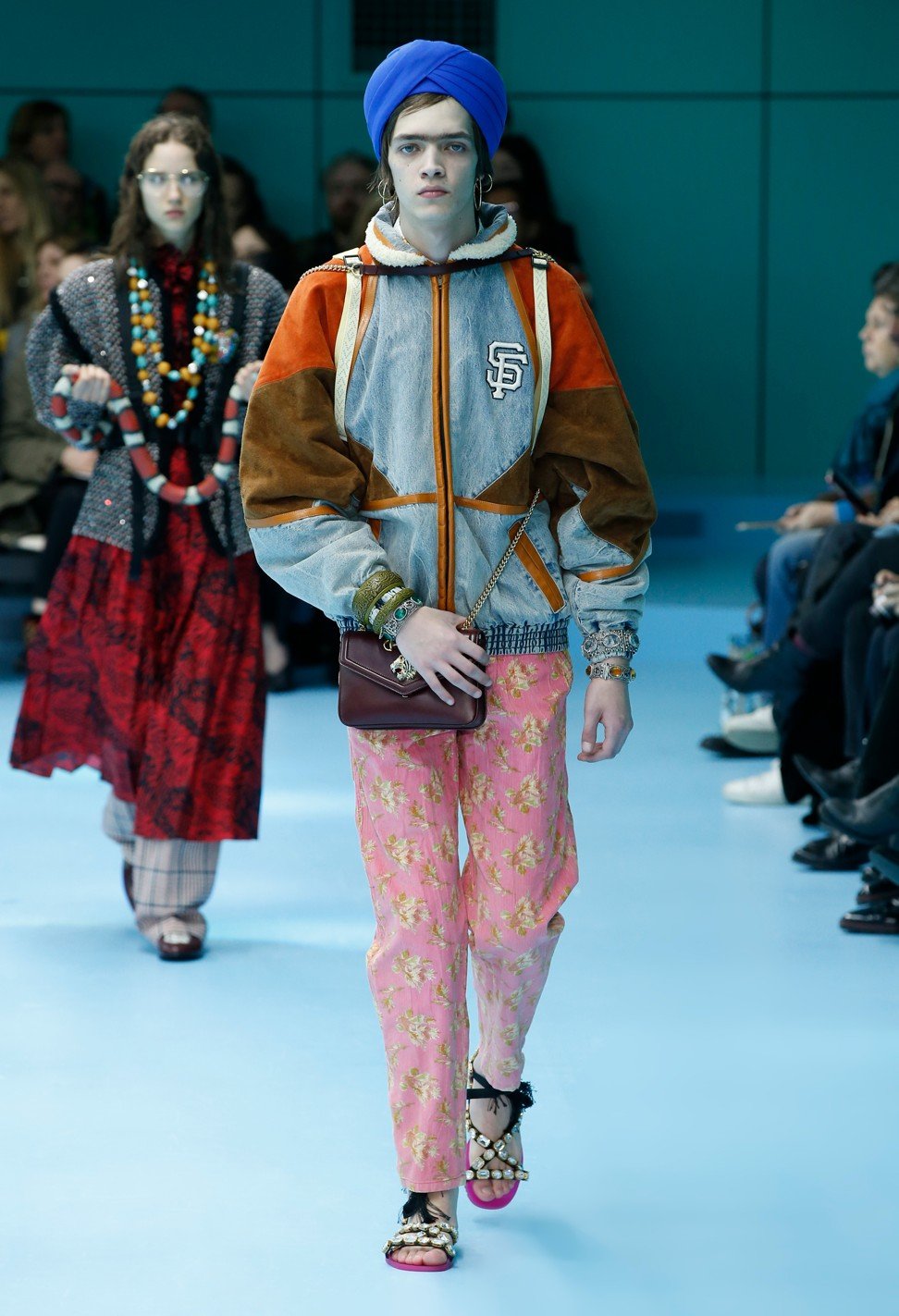
Many of Malaysia’s minority Sikh community sport turbans. But the growing popularity among local Muslim women to wear hijabs in the turban style has made it the country’s top cultural lightning rod. Loved by the fashion crowd, hated by religious conservatives, no garment exposes the gender, class and religious fault lines of the country more than the turban.
“The turban shows empowerment, an intersection of religiosity and the personality of the wearer,” explains Nurzihan Hassim, a senior lecturer in media and communication at Malaysia’s Taylor’s University who studies hijab prominence in regional media.
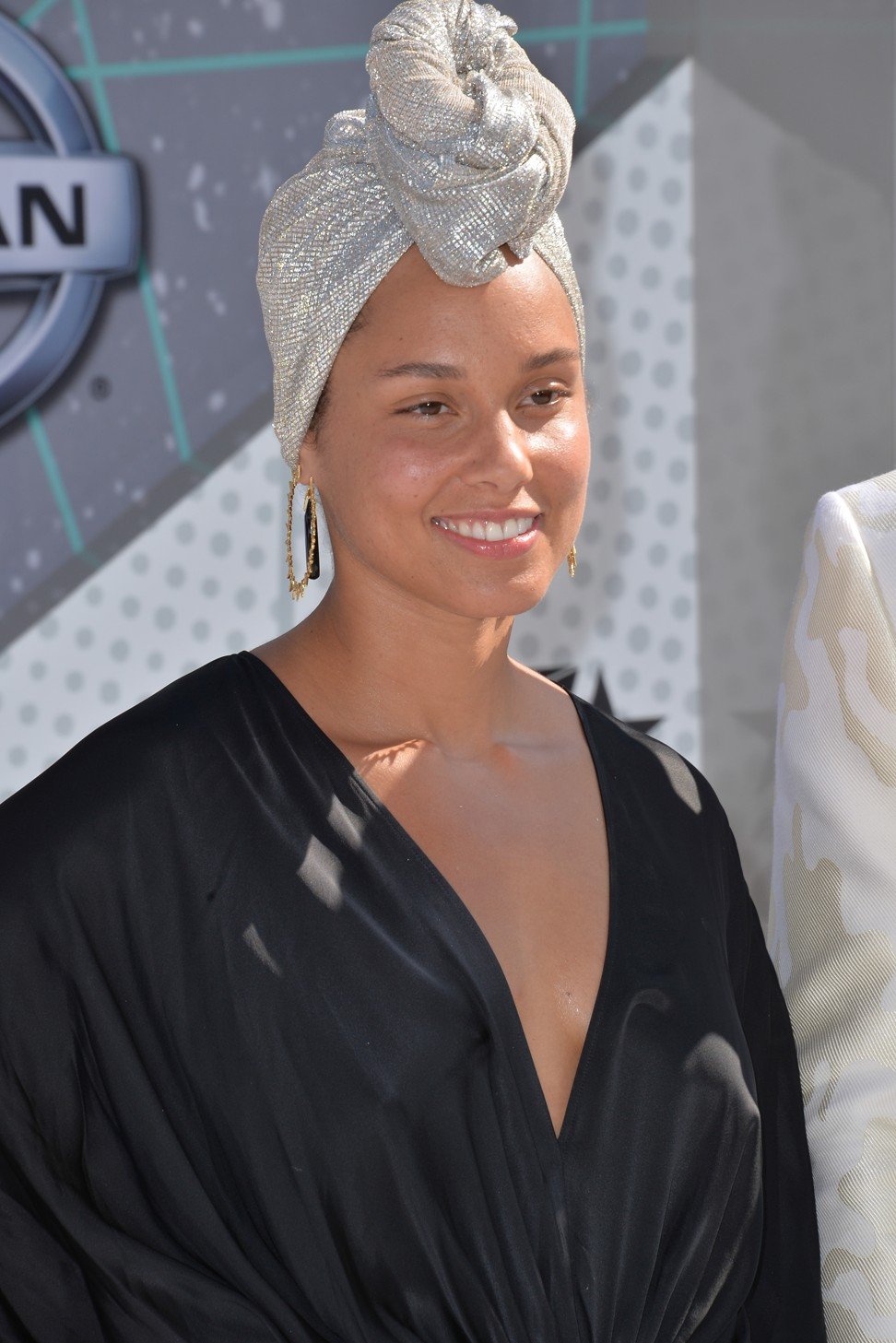
It takes creativity, confidence and a certain joie de vivre to express oneself as a Muslim woman, Hassim adds.
“It definitely dims out the rather oppressive perceptions about hijab, considering many young and powerful Muslim celebrities and social media stars are not afraid to be themselves.”
As always, it’s a ‘damned if you do, damned if you don’t’ sort of situation for Malay Muslim women
But for what is essentially just a one-square-metre piece of cloth, the howls of protest and outrage on social media can be disproportionately loud whenever a local Muslim celebrity is spotted wearing a hijab as a turban.
Earlier this year, actress Mira Filzah gave a Facebook tutorial on how to wrap a shawl by local hijab brand Ariani into a turban.
Hundreds of comments poured in: “It’s not sharia-compliant.” “You’re showing off your breasts. This is a sin, Mira.” “Allahuakbar [God is the greatest], please teach the proper way to cover our aurat [nakedness].”

Malaysia follows the Shafi’i school of legal theory, which argues that only a woman’s face, hands and feet may be exposed in public.
Dr Norsaleha Mohd Salleh is senior lecturer of Islamic studies at the International Islamic College in Kuala Lumpur. She says the three most important requirements when wearing the hijab are to worship God, to conceal the feminine silhouette and to comply with sharia law – as in by ensuring the breasts are covered and wearing a hijab that is loose and opaque.
How women achieve this is entirely up to their own creativity, she says. A turban isn’t off-limits simply because the material does not fall to the chest. Other garments can be used to cover necks and bosoms.
“As long as they fulfil those three requirements,” Salleh says.

For the religious fashion police on Malaysian social media, however, this may not be enough.
“As always, it’s a ‘damned if you do, damned if you don’t’ sort of situation for Malay Muslim women,” says Dina Zaman, author of I Am Muslim and founder of Iman Research, a think tank focusing on society, religion and perception.
Despite Malaysia’s reputation as a bastion of moderate Islam, Zaman has observed how even powerful corporate figures are not exempt from “society’s moral guardians” nitpicking what are ultimately deeply personal religious choices.
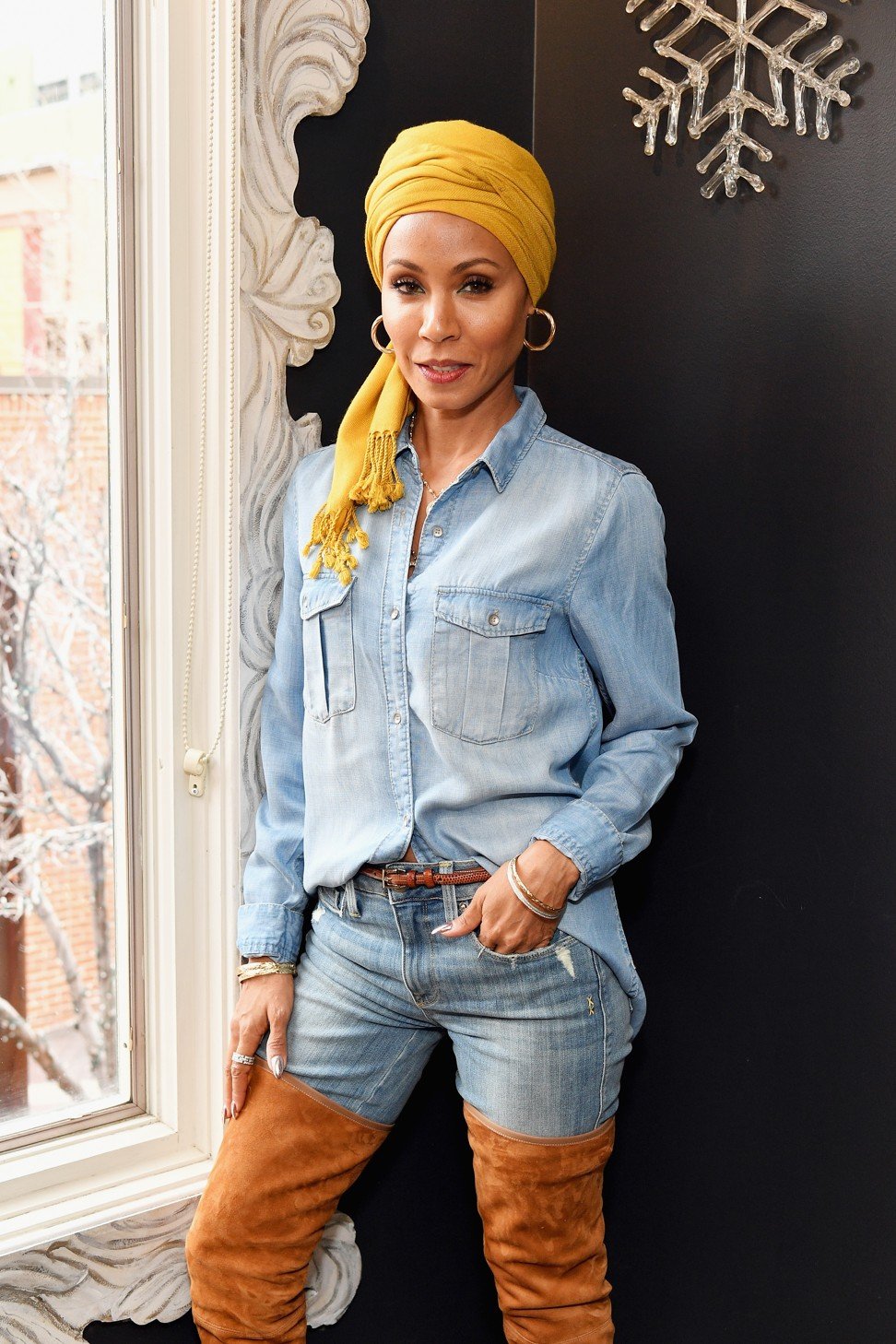
Many proudly justify their attacks or criticisms as their religious duty to advise fellow Muslims. Salleh says this duty exists at certain times, but harassing turban-wearers isn’t one of them.
“It’s unjust and immoral to do so in Islam,” she says.
It’s not great for business, either.
Nadia Johari, 36, owns several kiosks selling hijabs in Kuala Lumpur. She says that turban sales are very slow compared to other styles. She believes that while Malaysian stars like Yuna and Neelofa have boosted the popularity of turbans, it will be awhile before the style overtakes, if ever, the more conventional or conservative hijab styles.
For celebrity content creator and emcee Daphne Iking, the style contributed to her losing a job. A client deemed her as “controversial” after she posted a photo on Instagram of her wearing white Zara shorts, a Rip Curl top and a lilac turban as a sartorial, not religious, accessory. The post drew brickbats online, and while many commenters could see the issue of one’s faith and dress as a private matter, others didn’t.
The most offensive comments, Iking says, were those that slammed her as a “bad Muslim for wearing a turban and shorts together”.
Everyone has a right to their opinion, Iking says, but there are limits.
“We have to be allowed freedom to speak our mind, but let it be with mindfulness and with wisdom.”
